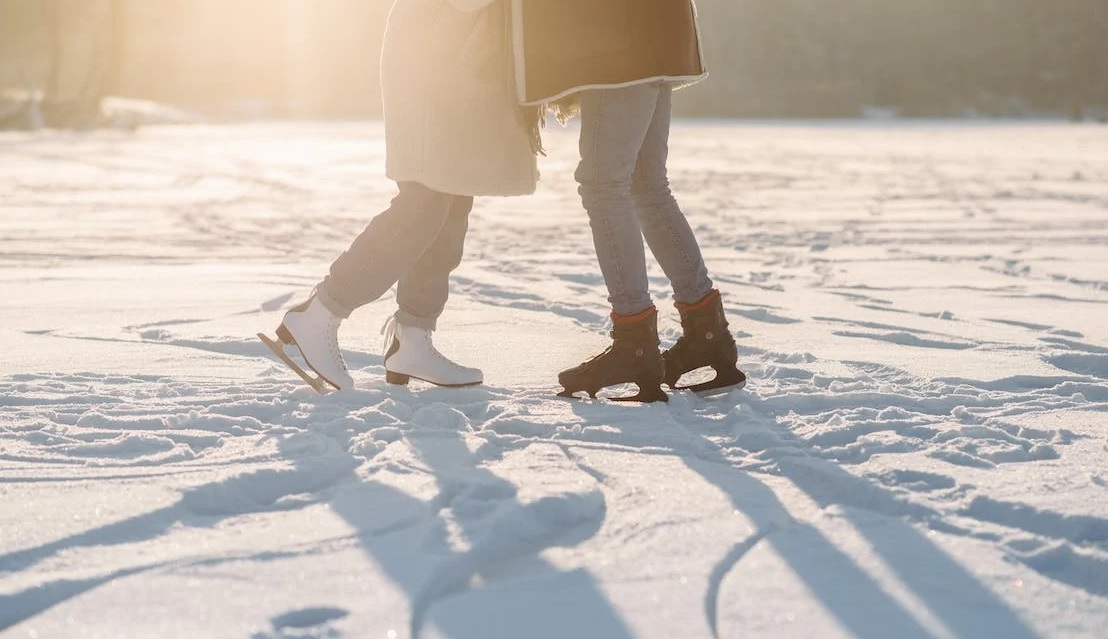The Winter Season: A Season of Beauty, Challenges, and Festivities
Winter is one of the four distinct seasons that characterize our planet’s ever-changing climate. It brings a unique blend of beauty and challenges, as well as a sense of coziness and festivity. In this essay, we will explore the many facets of the winter season, from its natural beauty to its impact on daily life and the joyous celebrations it brings.
The Natural Beauty of Winter
Winter is a season of transformation when nature undergoes a dramatic change in appearance. The most prominent feature of winter is, of course, the falling snow. Snow-covered landscapes, with their pristine white blankets, are a sight to behold. Trees, rooftops, and streets glisten with a layer of frost, creating a magical atmosphere.
Snowflakes, each unique in their crystalline structure, descend gently from the sky, creating a serene and mesmerizing spectacle. The world seems to slow down as snowfall muffles sound, and a sense of tranquility envelops everything.
Frozen bodies of water, such as lakes and rivers, take on an ethereal quality as they solidify under the grip of winter’s chill. Ice formations, icicles hanging from rooftops, and frozen waterfalls add to the winter’s visual charm.
Winter’s beauty extends to the night sky. Crisp, clear nights offer excellent conditions for stargazing, with constellations and celestial objects standing out against the cold, dark backdrop. Winter also brings the Northern Lights, or Aurora Borealis, in regions near the poles, painting the sky with vibrant, dancing colors.
Challenges and Cold Weather
While winter’s beauty is undeniable, it also presents several challenges, especially in regions with harsh winter climates. Some of the difficulties associated with winter include:
- Cold Temperatures: Winter is characterized by plunging temperatures, often below freezing. This extreme cold can be uncomfortable and even dangerous if proper precautions are not taken.
- Snow and Ice: Accumulating snow and ice on roads and sidewalks can make travel hazardous. Snow removal and de-icing efforts are essential to maintain safe conditions.
- Reduced Daylight: Winter days are shorter, with longer nights, which can affect mood and energy levels. Seasonal affective disorder (SAD) is a condition that some people experience due to reduced sunlight exposure.
- Increased Heating Costs: Heating homes and buildings during the winter months can lead to higher energy bills, placing financial strain on individuals and families.
- Health Concerns: Cold weather can exacerbate certain health conditions, such as respiratory issues, arthritis, and joint pain.
- Transportation Disruptions: Winter storms can lead to canceled flights, train delays, and road closures, disrupting travel plans and daily routines.
Winter Holidays and Festivities
Despite its challenges, winter is also a season of joy and celebration, marked by several holidays and festivities. Some of the most widely celebrated winter holidays include:
- Christmas: Christmas, celebrated on December 25th, is a Christian holiday that commemorates the birth of Jesus Christ. It is a time of gift-giving, decorating Christmas trees, and spending time with loved ones.
- Hanukkah: Hanukkah, also known as the Festival of Lights, is a Jewish holiday that usually falls in December. It is celebrated with the lighting of the menorah, traditional foods, and games.
- New Year’s Eve and New Year’s Day: The transition from December 31st to January 1st is celebrated worldwide with parties, fireworks, and various traditions. It marks the beginning of a new year, symbolizing a fresh start and new opportunities.
- Diwali: While primarily a fall festival, Diwali’s festivities often extend into the winter months. Diwali, also known as the Festival of Lights, is a major Hindu holiday celebrated with the lighting of lamps, fireworks, and the exchange of gifts.
- Thanksgiving: In the United States and Canada, Thanksgiving is celebrated in late November, often amid the winter chill. It is a time for expressing gratitude, feasting on a special meal, and spending time with family and friends.
- Valentine’s Day: Celebrated on February 14th, Valentine’s Day is a day to express love and affection towards romantic partners through gifts, cards, and gestures of affection.
Winter Sports and Activities
Winter offers a unique set of sports and recreational activities that take advantage of the season’s cold and snowy conditions. Some popular winter activities include:
- Skiing and Snowboarding: Ski resorts around the world offer opportunities for skiing and snowboarding enthusiasts to glide down snow-covered slopes.
- Ice Skating: Frozen lakes, ponds, and indoor ice rinks provide ideal settings for ice skating, a beloved winter pastime.
- Snowmobiling: Snowmobiling allows adventure seekers to explore snowy landscapes at high speeds.
- Ice Hockey: Ice hockey is a fast-paced, competitive sport played on ice rinks, with passionate fans in many countries.
- Sledding and Tobogganing: Sledding down snow-covered hills is a simple yet exhilarating winter activity enjoyed by both children and adults.
- Snowshoeing: Snowshoeing involves strapping on specially designed footwear to walk on top of deep snow, allowing for winter hikes and exploration.
Conclusion
Winter is a season of striking contrasts, offering both beauty and challenges. Its natural splendor, from snowy landscapes to clear, starry nights, captivates the senses. Yet, it also demands resilience in the face of cold temperatures, icy roads, and reduced daylight. The winter season is enriched by the warmth of holidays, festivities, and time spent with loved ones. It encourages a sense of coziness, reflection, and celebration, making it a season to be cherished and appreciated for its unique offerings and experiences.

